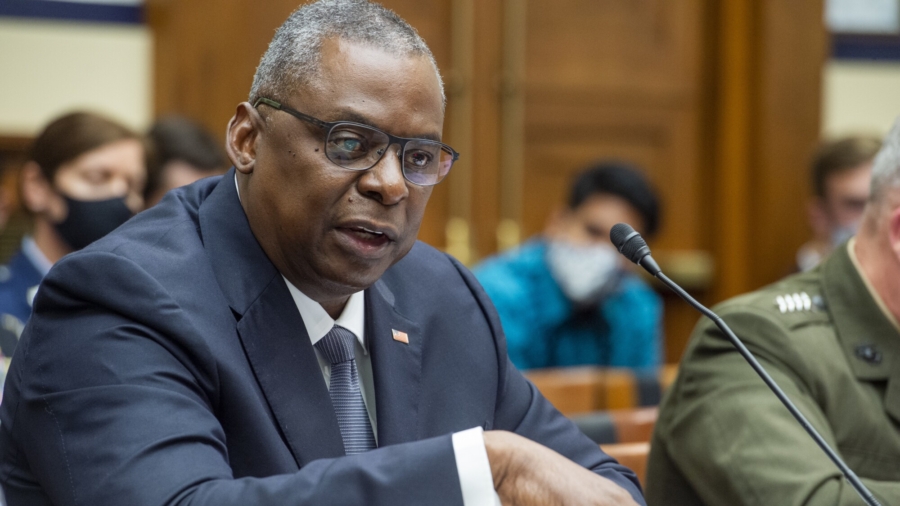Suicides among U.S. service members increased 16 percent in 2020 compared to the year before, sparking a commitment from military leaders to redouble prevention efforts.
The 580 self-inflicted deaths in 2020 were up from 498 in 2019, according to newly released data from the Department of Defense.
“The findings are troubling. Suicide rates among our service members and military families are still too high, and the trends are not going in the right direction,” Defense Secretary Lloyd Austin said in a statement, calling suicide prevention a “paramount challenge” for the Pentagon and vowing to “redouble our efforts” on the front.
Most of the suicides were among males who were under 30. The majority killed themselves using firearms.
Officials aren’t sure what drove the increase, which continues a trend seen in recent years.
The COVID-19 pandemic may have played a role, authors of the Pentagon’s annual suicide report said. Military officials and lawmakers and other officials around the country imposed harsh rules during the pandemic, which some experts say led to an increase in mental health issues.
“While there is no clear understanding of what is causing the increase in suicides, we realize we have to do better in preventing suicide and ensure resources are available and readily accessible,” Christine Wormuth, secretary of the Army, and Gen. James McConville, chief of staff for the Army, said in a joint statement.
“One of the things that is bedeviling about suicide is that it’s often very hard to connect dots in causality—what leads somebody to make that decision,” Pentagon spokesman John Kirby told reporters in Washington. “It’s difficult to denote specific causality with suicide on an individual basis, let alone on an institutional basis. And I think that’s why it’s so difficult for us to speak to it with any specificity, except to say we take this very, very seriously.”
The suicide rate among service members jumped from 20.3 to 28.7 suicides per 100,000 from 2015 to 2020. The newest increase increased the rate by about 2 per 100,000. The Defense Suicide Prevention Office says the previous jump was statistically significant but the latest one is not.
Still, actions are being taken across military branches to try to prevent future suicides, including ramping up support for troops and their families since the start of the pandemic. Officials are also planning to focus on addressing perceived barriers to seeking help among members, especially younger ones.
“Getting this right is personal for all of us at the Department. Yet, prevention can be complex. As the scientific research about suicide prevention continues to evolve, we continue to do everything possible to stop these tragedies. No two individuals are identical, and no two life experiences are identical. So we are working to address a range of risk factors and enhance protective factors for members of our Armed Forces,” Major Gen. Clement Howard, acting executive director of the Office of Force Resiliency, said in a statement.
Additionally, military leaders are increasingly speaking out about the topic, including sharing their own issues.
Gen. John Hyten, vice chairman of the Joint Chiefs of Staff, said in a video message last year that he had sought help. In a new video released Thursday, he said he experienced many emotions over the past year, including anger, frustration, and confusion, but that he had received an outpouring of support after disclosing his struggles.
“Honestly, I didn’t expect that sort of response. I didn’t expect it because I didn’t think seeking help was that extraordinary. Asking for help is just the right thing to do. It’s no different than being seen by a medical provider for a physical injury or illness. And we all will be equally supportive if and when you choose to seek professional help,” he said.
From The Epoch Times

